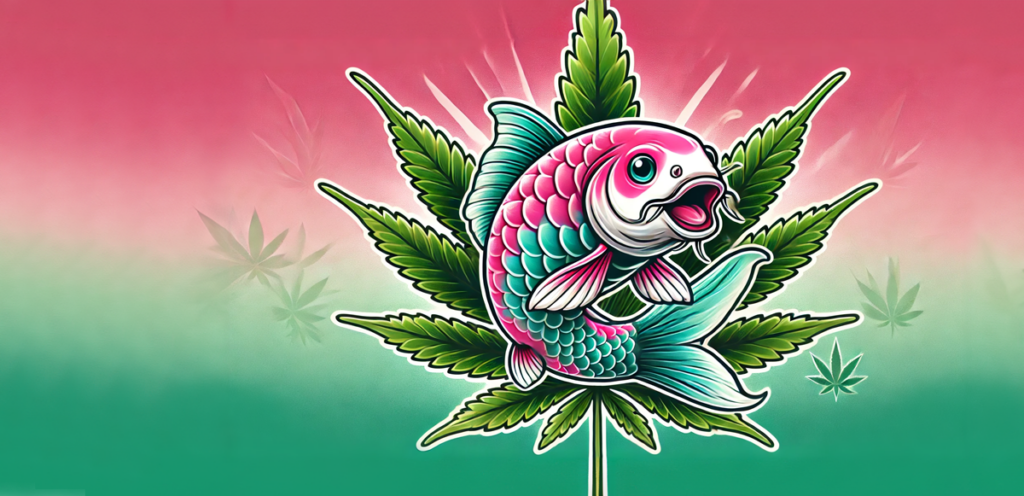Less water, less energy and a low carbon footprint – this is the principle we use to grow our cannabis at Aqualitas on the picturesque Atlantic coast in southwestern Nova Scotia.
Our company uses an innovative aquaponics process that combines plant cultivation with fish farming. This GACP-certified recirculation system draws its water from several fish tanks containing over 2,000 koi fish. The water contains nitrifying bacteria from the fish wastewater, which convert ammonia into nitrate. This nitrate serves as an important nutrient for our cannabis plants. In this way, we can completely dispense with artificial fertilizers and pesticides. At the same time, we use up to 90 % less water and up to 75 % less energy compared to conventional cultivation methods.
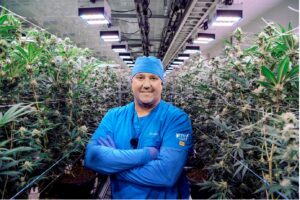
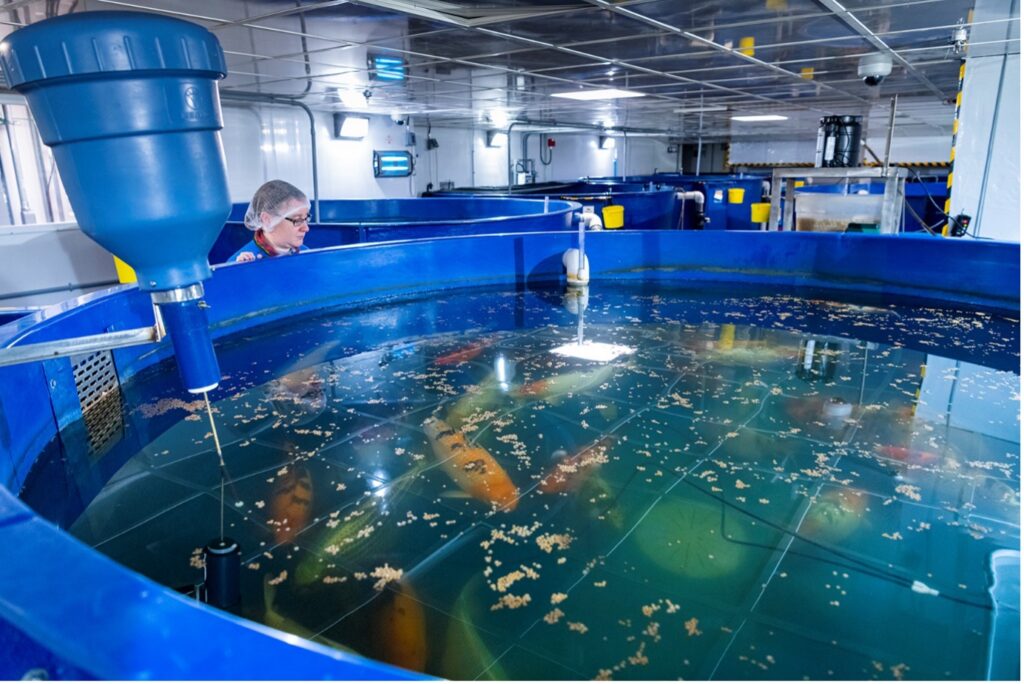
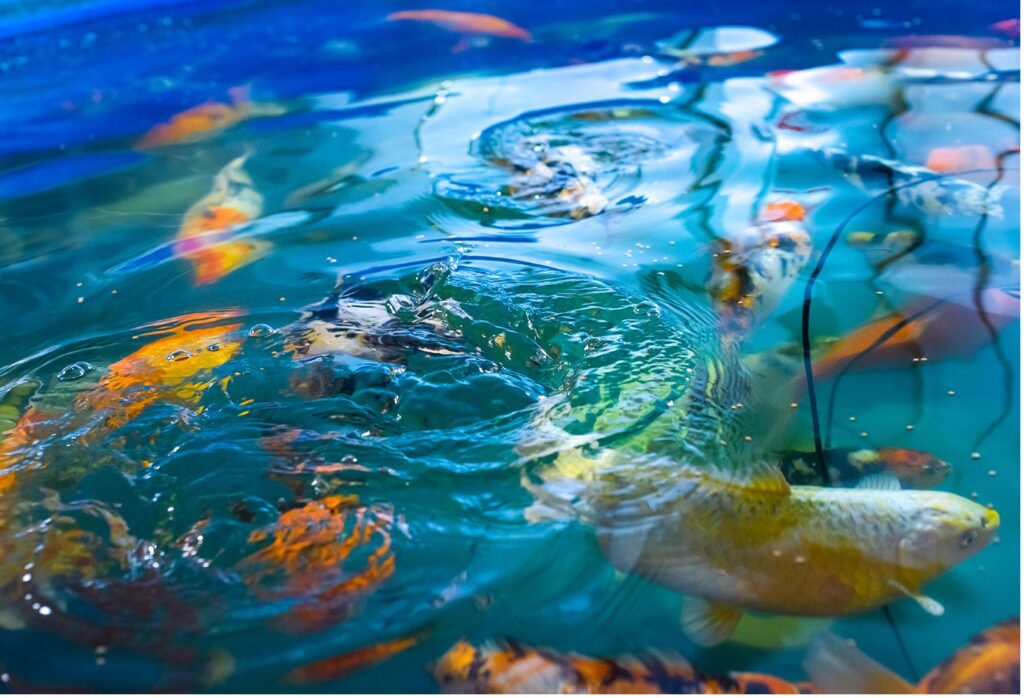
In our blog guest post, Danielle Maitland, DIRECTOR OF SCIENCE AND CULTIVATION TECHNOLOGY, explains how aquaponic cultivation contributes to a high THC and terpene content while minimizing microbial contamination in the final product. This means that our products do not need to be irradiated.
The end product is unirradiated, hand-trimmed and dried flowers that are organically grown and have a high THC content.
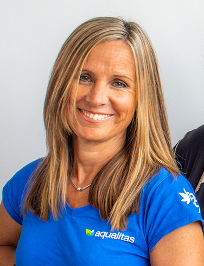
My name is Katharina Seitz-Cochrane, Ph.D., and I am already looking forward to stimulating discussions after my presentation at CANNAFRIENDS2024
This is a guest post by Aqualitas, you can find the original here: https://blogs.dal.ca/openthink/cannabis-shes-everything-and-hes-just-ken/
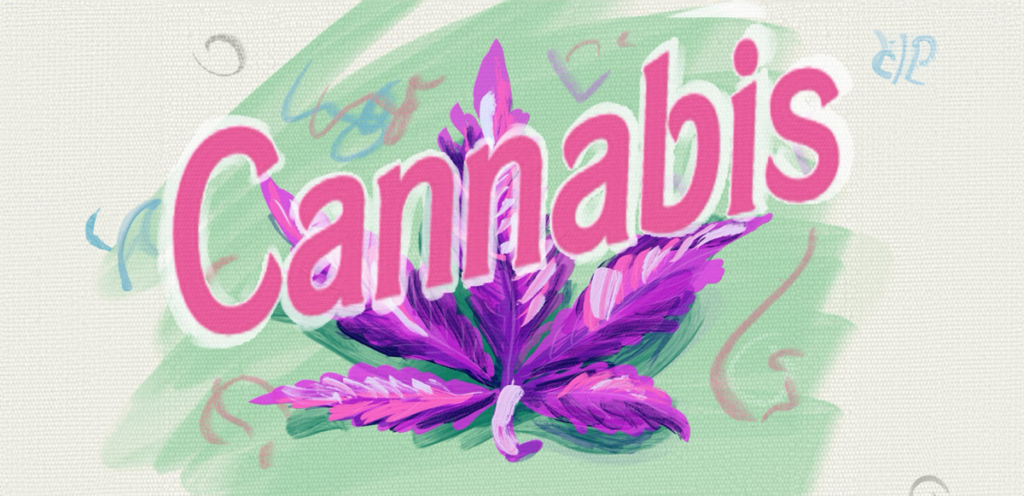
Cannabis: She’s everything and he’s just Ken
Cannabis is a really weird plant.
Up to 94% of all flowering seed plants are hermaphrodites; their flowers have both male and female parts, so they can produce both pollen and seeds. The cannabis plant is part of the remaining 6%. Cannabis plants are referred to as a “dioecious” species and are either male or female. The male plant of this species tends to be taller and lankier. Instead of the dense “buds” you’re used to from cannabis, it will produce a mass of delicate, white flowers that rain down yellow pollen at the slightest nudge. The female plant has a different mission. She wants to create the optimal flower structure for her seeds to survive and thrive. Female cannabis plants produce dense bud structures covered in sticky trichomes.
This brings us to the second reason cannabis is a really weird plant. Cannabis isn’t grown for its leaves like lettuce and spinach, or for its roots like potatoes and carrots. It’s not grown for its fruits like tomatoes and peppers. It’s not grown for fiber or seeds like hemp. Really, it’s not even grown for its flowers. Cannabis is primarily grown for its trichomes. Trichomes are tiny outgrowths which sprout from the surface of cannabis flowers and leaves as a defense mechanism to protect the plant from pests and environmental pressures. The trichomes are also where the bioactive compounds of medical/recreational interest (THC, CBD, terpenes) get stored. Growing cannabis is about optimizing the density and potency of the trichomes on the plant. Female plants grow more trichomes, with more active compounds than male plants do. And if the female plant does not encounter any male pollen, the buds she produces will be seedless, dense, and covered in trichomes. If she does encounter pollen, she diverts her energy from growing more flower and trichomes to seed production, which can lower cannabis yields, quality, and potency. For these reasons, many commercial cannabis producers won’t allow any male plants in their facilities and opt to grow all-female crops instead.
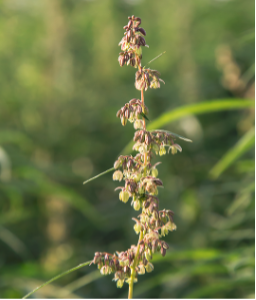

You may be saying, “What if I want seeds?” Then surely the male cannabis plant is needed.” And the answer to that is: not necessarily. If a female plant is stressed in the right way, it will start to produce male hormones, and with enough stress it will produce male flowers and pollen. If you pollinate a female bud with pollen from a female plant, you get so-called “feminized seeds“. Since both parents only had X chromosomes to pass on, 100% of these seeds are destined for female plants, compared to 50% female and 50% male if the pollen comes from a male plant. Since most people want to grow female plants for flower/trichome production (and avoid male plants for pollen production), feminized seeds are often preferred by both hobby growers and commercial facilities. Some dedicated growers will grow and nurture male plants for seeds, but overall in the cannabis industry every night is a girl’s night out.
Speaking of night, the final characteristic that makes cannabis really weird is its relationship to light. Cannabis is what is called a “photoperiodic annual”, the amount of light it gets determines when both the male and female plants produce their flowers. If you provide a lot of light (16 hours or more), they think it is spring, and grow vegetatively, producing leaves and stems, but no flowers. When there is less light (12 hours or less), they think fall is coming, and they start flowering in order to produce seeds before winter. This trait is important because cannabis can be propagated by cuttings (also called cloning). Snip a branch off a vegetative cannabis plant and stick it into a grow plug, and that branch will root, giving you two genetically identical plants. New plants are made without the need for seeds, or a male cannabis plant in site. Commercial facilities use this trait to their advantage, keeping female “Mother” plants under lots of light, growing them big and encouraging branching. Then when it is time, the facility will snip and root hundreds of genetically identical cuttings to create genetically identical plants. Once the cuttings are big enough, you move them into a commercial grow room, and make them think fall is coming. When you drop the amount of light they are getting, it triggers them to start budding. Because all the plants in the room share the same genes, they will produce buds with the same qualities (shape, size, THC or CBD content, smell, taste).
So what does this have to do with aquaponics? Well, I work for a company called Aqualitas Inc., who grows cannabis using living soil irrigated with aquaponic nutrients generated from koi fish, and processed by beneficial microbes. In side-by-side trials, we’ve found that cannabis grown with aquaponic irrigation vs municipal water have increased yields, increased terpenes, and increased THC/CBD potency. In addition to potency, licensed producers also have to test each batch of cannabis for microbial load, making sure buds do not exceed safe levels of yeasts, moulds, and bacteria. We found that the flowers grown with aquaponics water have lower levels of microbes compared to plants grown with municipal water. We are still not 100% sure why or how this works, but our working theory is two-fold. It’s based first on the purpose of the trichomes as a defense mechanism, and second on the role of microbes in nutrient uptake. We believe that by delivering our aquaponic system’s diverse microbiome to the soil through irrigation we are both stimulating the plant’s immune system and bolstering the soil food web to allow the plants to better absorb and utilize nutrients. The immune response results in increased trichome production, which leads to higher THC, CBD, terpenes, and lower microbial presence on the flowers. The improved nutrient availability and absorption increases yields. We haven’t proved it scientifically yet (I’m working on that), but Aqualitas’ award-winning record certainly supports the idea that aquaponics can produce exceptional cannabis.
That being said, aquaponics is not just for cannabis. For my final OpenThink blog post, we are going to consider the aquaponics cycle as a whole, and discuss how aquaponics can be used for education, community, and food security.

